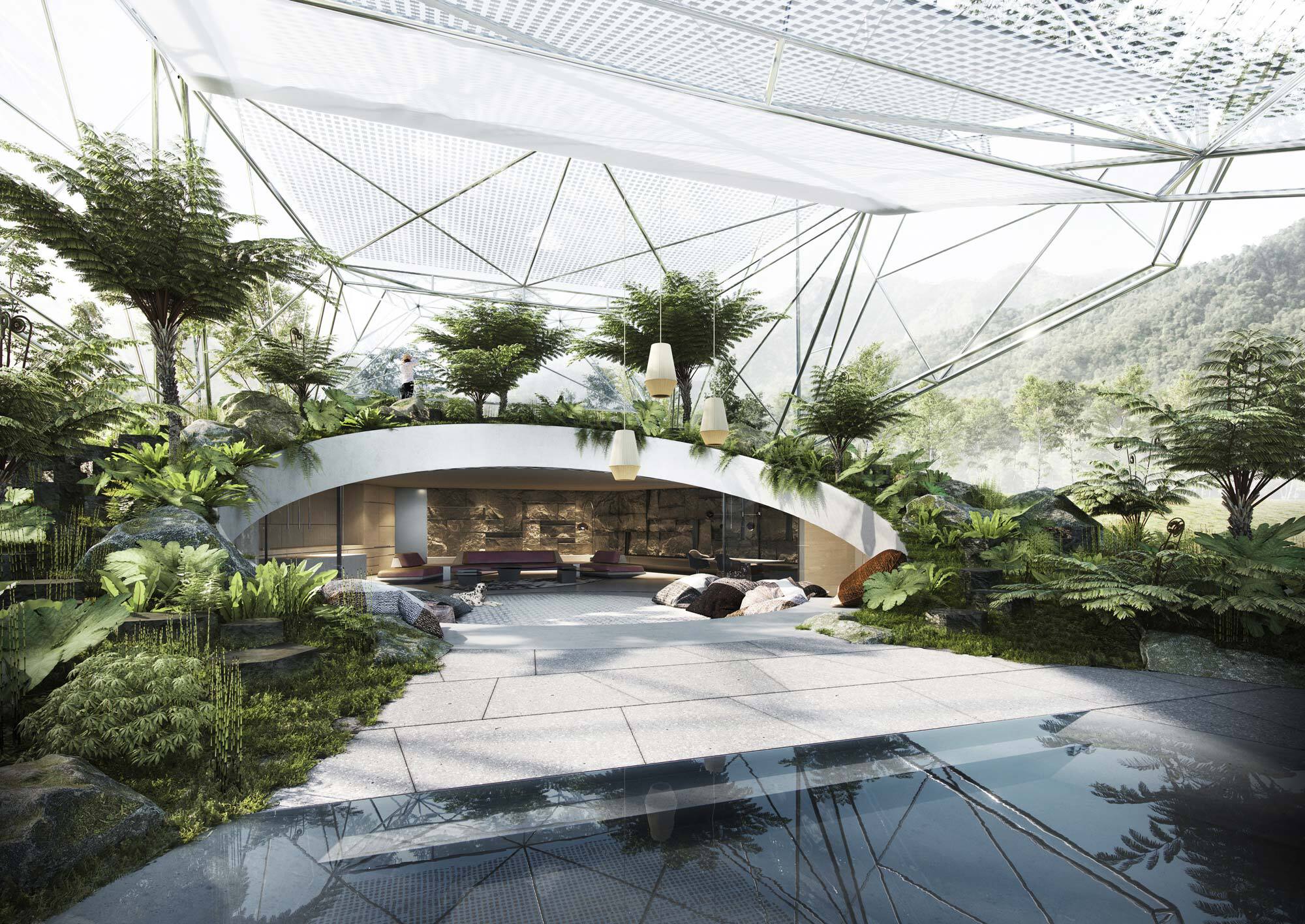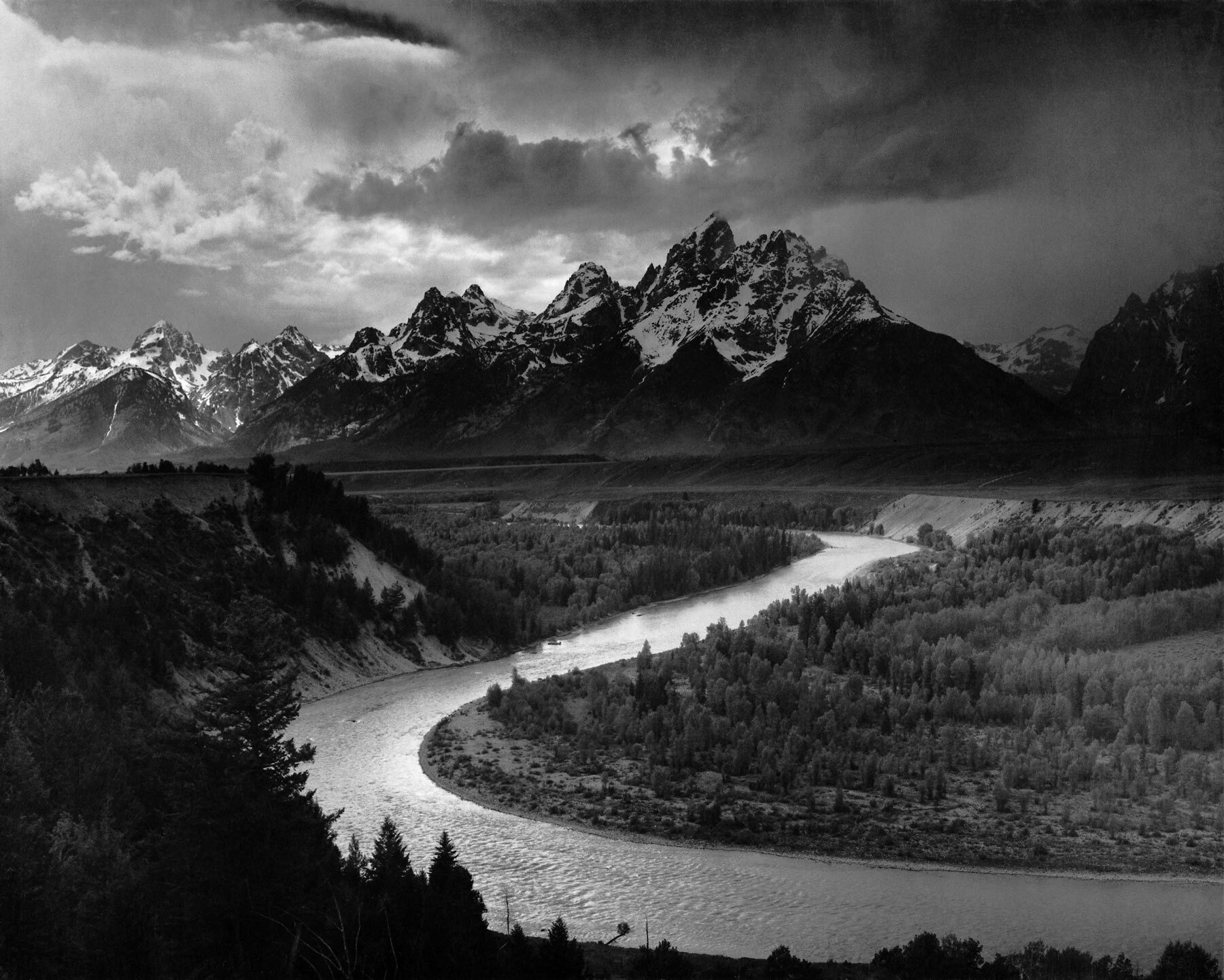The third issue of Questions and Architecture is, at the same time, the third part of a trilogy, which we began with the subject of domesticated nature, continued with reflections upon the future of agriculture and are now, provisionally, completing with the playful title “The Nature of Everything”.
From an architectural point of view, the Modern Age is a relatively precisely definable period of extraordinary innovation, which reflects a mood of optimism that, in the spirit of progress, has also steered other areas of human endeavour in a direction that, from today’s perspective, we have to critically examine. While architecture has so far only cautiously addressed the question of the previous and ongoing impact of this Modern Age upon the current state of the planet, an ever increasing proportion of the population is recognising that a radical change in direction is required if we are to limit the impact of climate change to a “tolerable disruption of the climate system”, as defined, for example, by the Paris Agreement (the source of the above quote), as an average rise in the global temperature of 2 °C vis-à-vis pre-industrial levels.
In contrast with this, we have to acknowledge that contemporary architecture is paying more attention to the “role” of nature than at any other time in its short history. This can be seen, in particular, in our cities, which are becoming significantly greener and thus, offering a higher quality of life, partly also as a reaction to the changes in our leisure needs that have accompanied the pandemic. Against the background of the question of which urban forms of life can be reconciled with an ‘idea’ of nature that is in process of transformation, city centres are witnessing how both moving and parked cars are making way for new meeting zones, cycle paths and green spaces.
The objective of this issue is to get to the bottom of this changing relationship between nature and built space. The leading article will seek to do this by addressing the recently published study of DMAA's “H.O.M.E. House” as well as their project for a residential building with a greenhouse in Bremen, the construction of which should start this year.
In order to get an impression of the diversity of the ideas that are impacting upon today's view of the relationship between people and nature, it is worth examining the archive of visual culture. The article “Call of the Wild” takes you on a journey through the history of this very special form of representation.
On the other hand, the current trend of filling one's own four walls with plants is a popular cultural phenomenon, in which we seek to appropriate nature for ourselves against the background of the collective navel-gazing that fills social media. For this guest article, which is disguised as an interview, Evalie Wagner relates the social media phenomenon the #GardensOfInstagram to her own artistic work. In doing so, she shows that this stage-managed approach to flora is far more deeply rooted in our culture than a fleeting glimpse of our social media feeds would lead us to expect.
Even if indoor plants don't have to rely upon natural watering “from above”, our conversation with Dr. Marc Olefs, the Head of the Climate Research Department in the fields of data, methods and models at the ZAMG – the Zentralanstalt für Meteorologie und Geodynamik, allows us to ask about both the relationship between architecture and weather and climate and the possibilities that are open to us for modelling and, hence, influencing the climate of tomorrow.
In this sense, we would like to wish you, as always, inspiring reading and we look forward to hearing your feedback. Best wishes,
Wolfgang Fiel, Editor in Chief
May 2021




